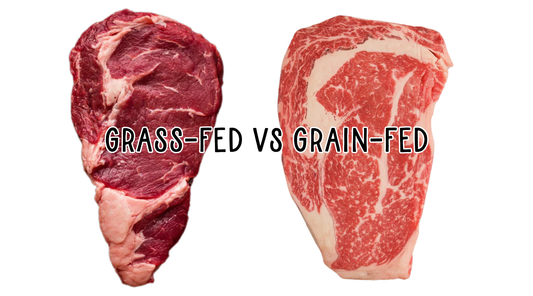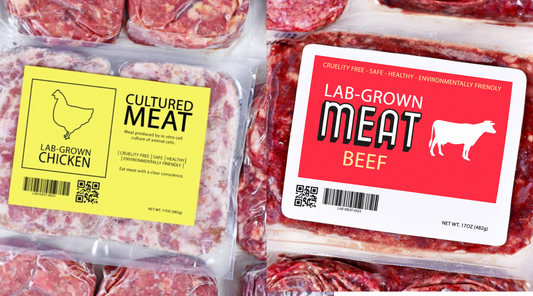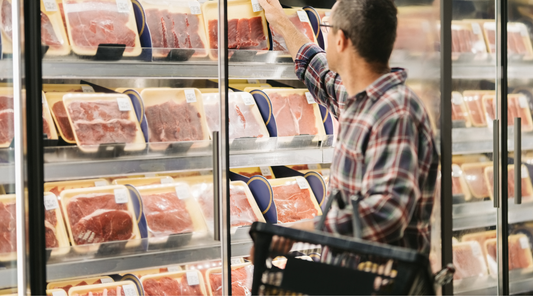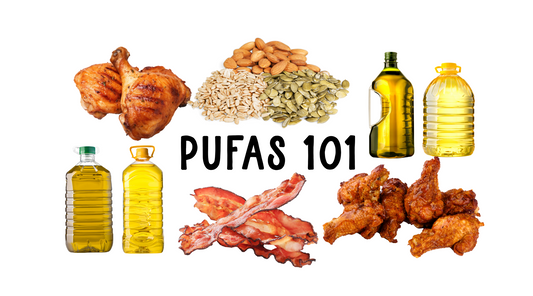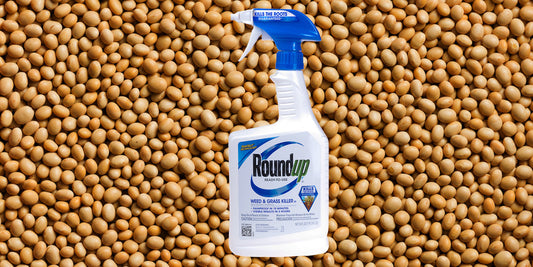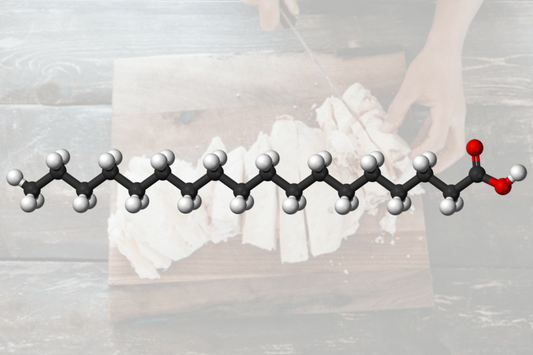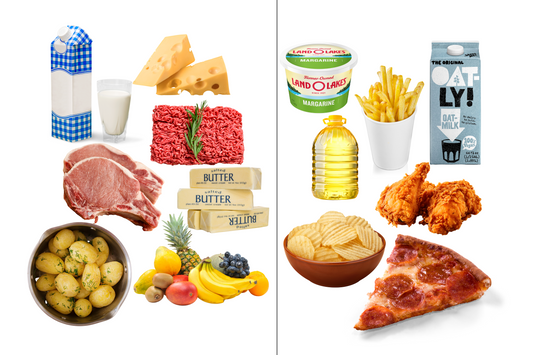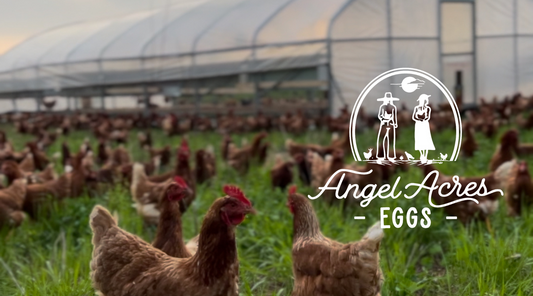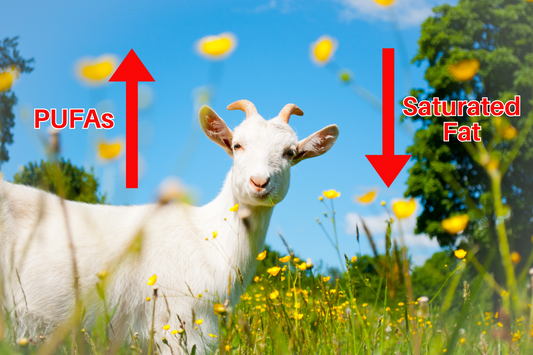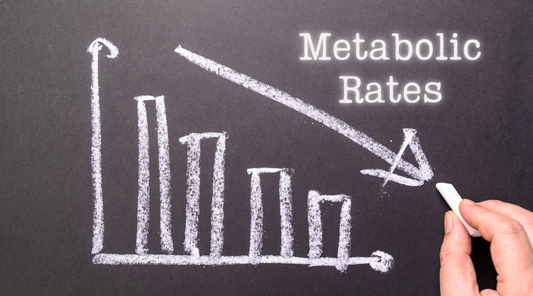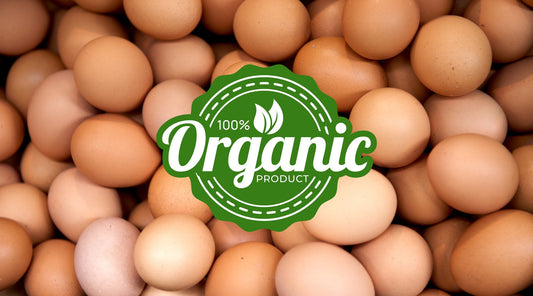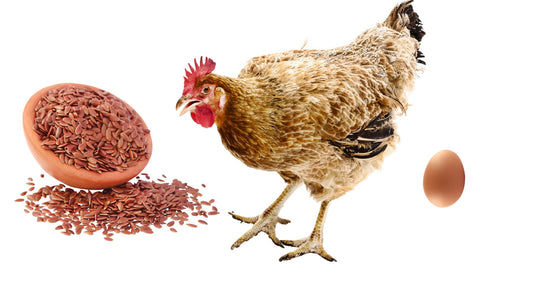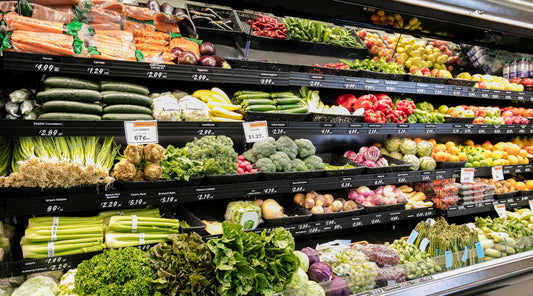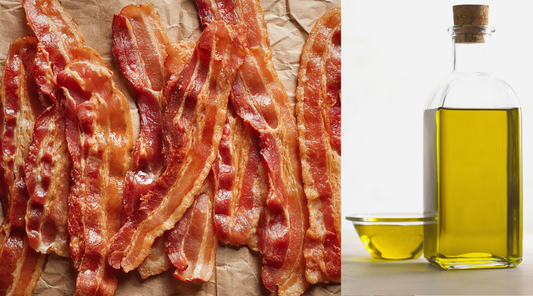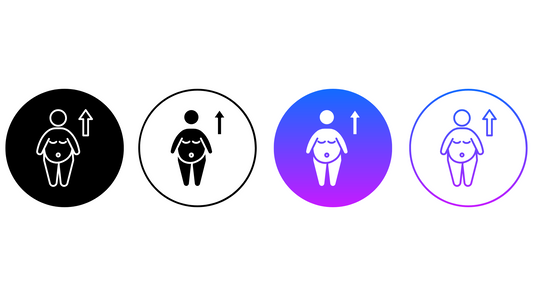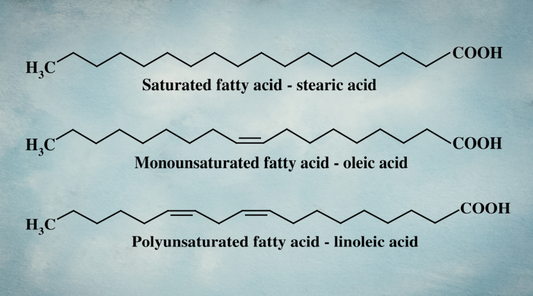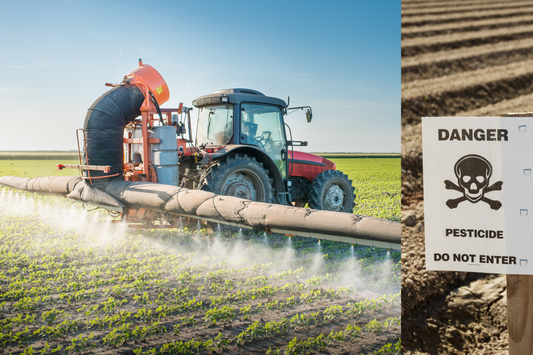
Glyphosate and Cancer: New Study Reveals Dangers at ‘Safe’ Exposure Levels
Turns out Big Ag was lying: even “safe” levels of glyphosate cause cancer. And now, a long-term, multinational study proves it. 1
Over a 7-year period, researchers exposed rats to glyphosate at the industry’s own standard dose: the EU’s Acceptable Daily Intake (ADI).
This was not high exposure. It was low-dose, long-term exposure, the kind humans face every day through glyphosate-contaminated food and water.
What did they find?
-
Early-onset leukemia
-
Statistically significant, dose-related increases in both benign and malignant tumors
-
Tumors in multiple organs and systems, including:
-
Blood (leukemia)
-
Skin
-
Liver
-
Thyroid
-
Nervous system
-
Ovary
-
Mammary gland
-
Kidney
-
Adrenal glands
-
Urinary bladder
-
Bone
-
Endocrine pancreas
-
Circulatory system
And here’s what’s even more concerning:
👉 The U.S. “safe” level for glyphosate exposure is six times higher than the level used in this study.
Critics might say, “But this was in rats.”
Of course it was.
It would be unethical and inhumane to run this kind of study in humans.
Intentionally exposing people to a suspected carcinogen over a lifetime would violate basic research ethics and human rights.
That’s why animal models are considered the gold standard for assessing long-term carcinogenicity. These studies began with prenatal exposure and continued through the rats’ entire lives, precisely to evaluate cancer development under realistic, everyday conditions.
And the critics can’t argue with this: the dose that caused early-onset leukemia and multiple rare tumors in rats is the same level regulators claim is “safe” for humans: 0.5 mg/kg/day.
But the U.S. allows six times more… 1.75 mg/kg/day.
We can’t ethically test glyphosate’s cancer risk in humans, but we’re already exposing humans daily to the same levels that gave those rats cancer.
This study supports what the IARC said back in 2015: Glyphosate is a “probable human carcinogen.”
Yet despite this, glyphosate remains the most widely used pesticide in the world by a wide margin.
And the system meant to protect us?
It’s protecting corporate interests instead.
So we opted out.
At Angel Acres Egg Club, we have built a true seed-to-fork system, and we don’t use pesticides anywhere in our supply chain for our mobile pasture-raised eggs.
The result?
Eggs that test free of glyphosate.
Why this matters:
Animal products are a hidden route of glyphosate exposure.
We all know pesticides are heavily used on crops, both to kill pests during the growing season and as pre-harvest desiccants on grains like wheat, oats, barley, and legumes.
But what’s far less discussed is that massive amounts of pesticides are used to grow livestock feed, for both GMO and non-GMO feed ingredients.
Each year in the U.S., about 1 billion pounds of pesticides are applied to crops meant for human consumption.
But another 250-300 million pounds are sprayed just on feed crops for livestock. 2
Even more alarming?
Animal feed isn’t held to the same safety standards as human food.
Glyphosate residue limits in livestock feed can be up to 100x higher than what’s allowed in human food.
So what about eggs?
Lab testing has detected glyphosate in eggs well above international safety thresholds 3, 4 , even in organic and cage-free brands.
One report found levels over 100 parts per billion (ppb) in conventional eggs. 5
Another showed ORGANIC EGGS testing as high as 169 ppb 6, 7 more than three times the EPA’s allowable limit of 50 ppb.
This tells us something critical:
Pesticides are building up in the tissues of animals through their feed and environment.
And that means they’re building up in us, too.
We’re not waiting for regulators to catch up.
We’re doing it right, right now.







